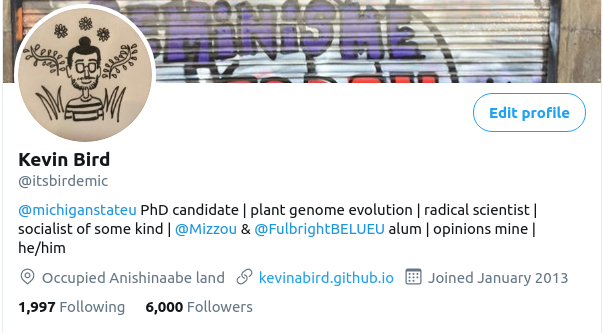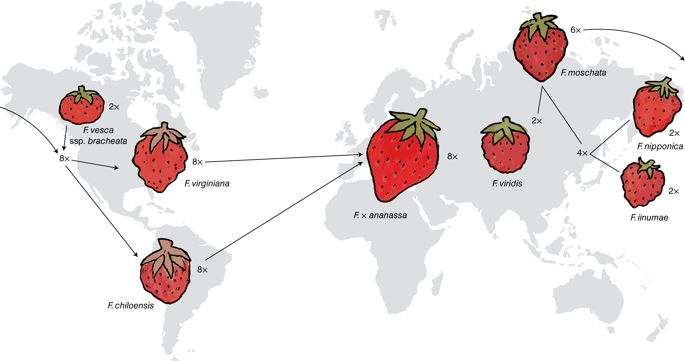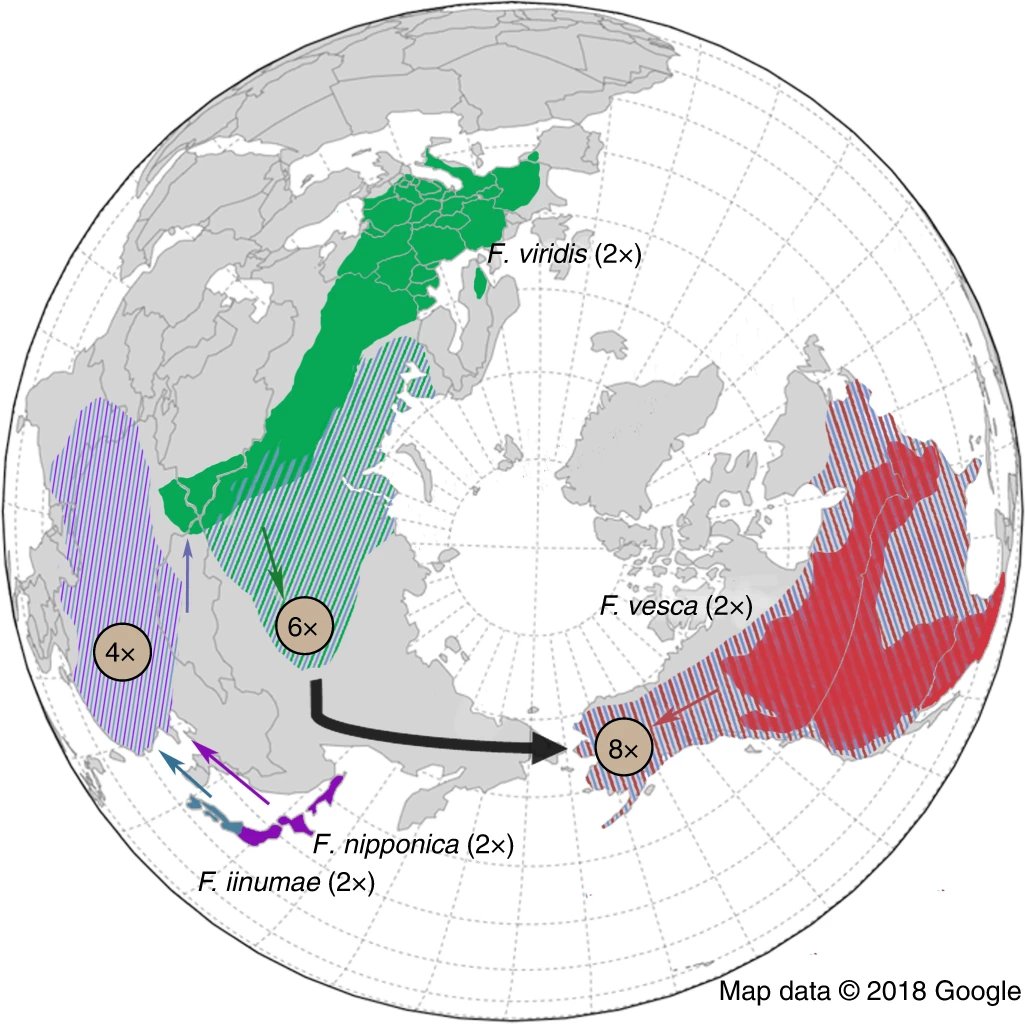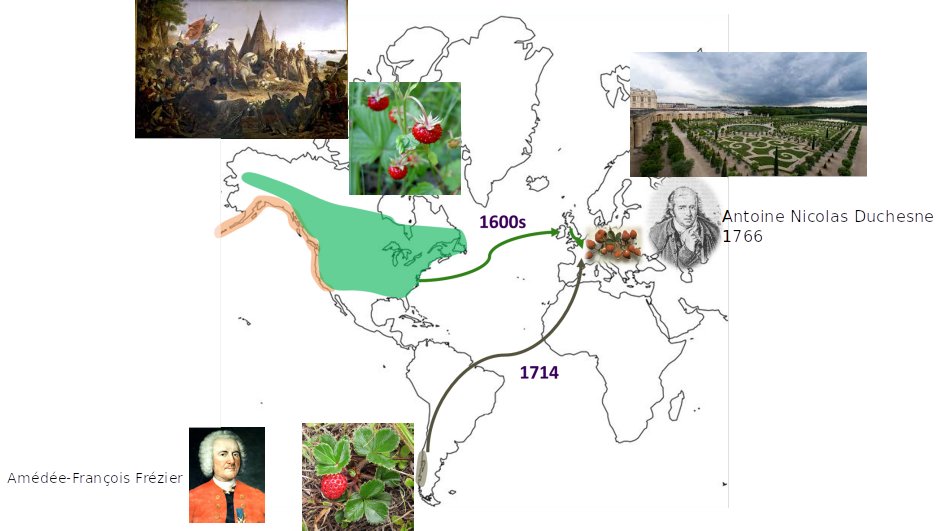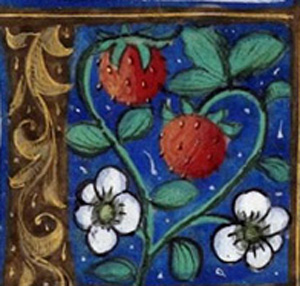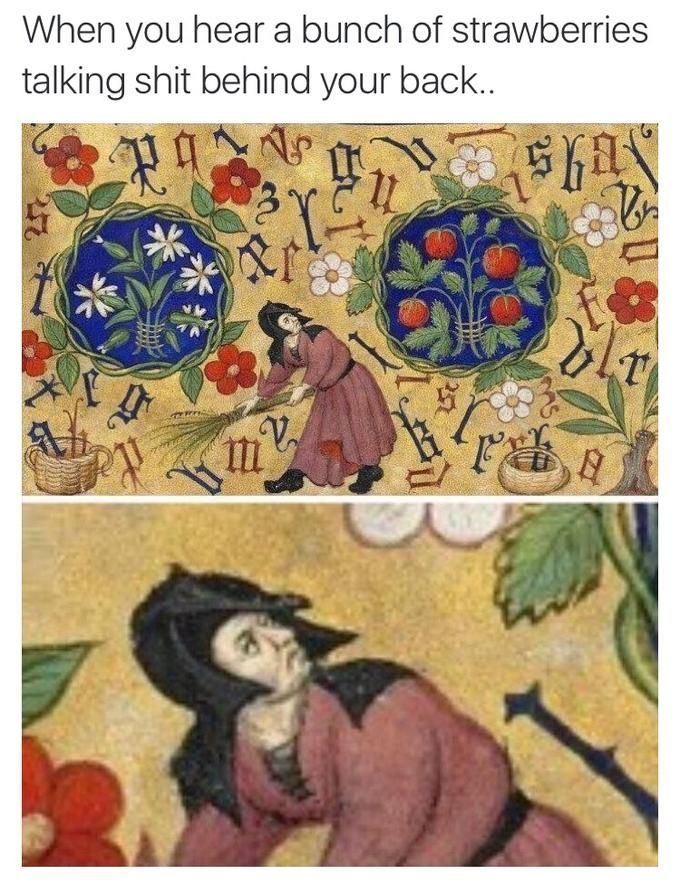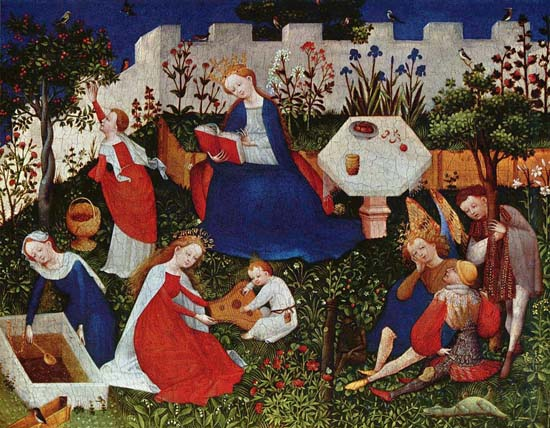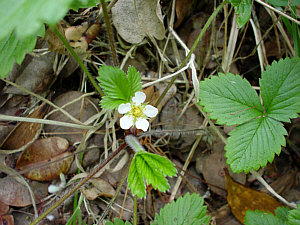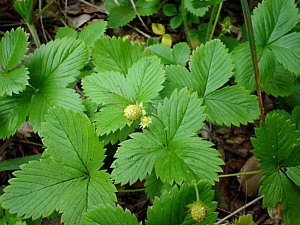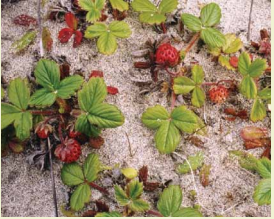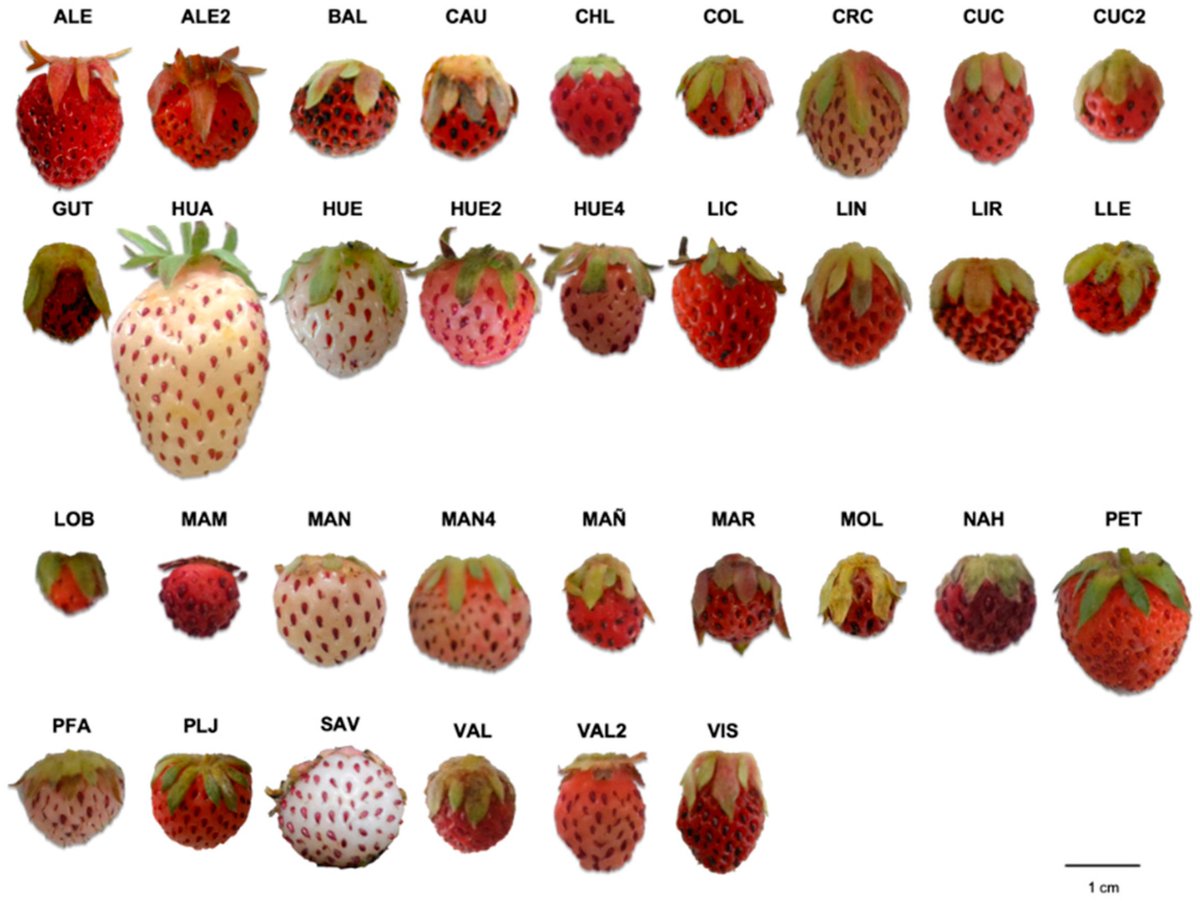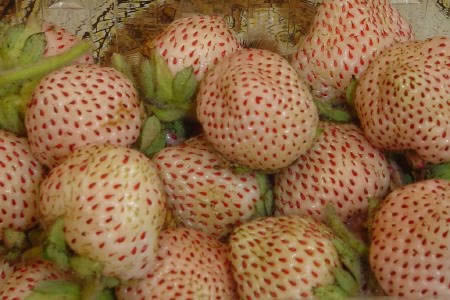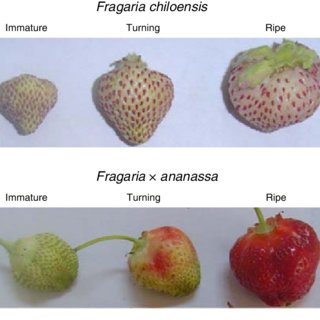A promise is a promise 1/n https://twitter.com/itsbirdemic/status/1292093983003377664
So first, there are actually a ton of strawberry species with ranges all over the world. Most of them aren't very tasty though. The one we commonly eat is a hybrid between two wild species, Fragaria virginiana from N. American and Fragaria chiloensis from S. America. 2/
These two wild species themselves are the result of hybridizations of other wild strawberry species that resulted in the genome being duplicated several times over millions of years until these species were octoploid (8 copies of the genome) 3/
The strawberry we eat actually didn't exist until around 1766 when F. virginiana and F. chiloensis unintentionally crossed with each other in a greenhouse on the grounds of the palace of Versailles after being collected by French colonists of the previous centuries 4/
This means that strawberry is actually really recent. It also means that the strawberries you see in medieval works of art aren't the same species we eat. They're a different species, most likely Fragaria vesca and maybe also Fragaria moschata 5/ https://www.nytimes.com/1987/02/08/arts/a-promise-for-alpine-strawberries-is-made-in-winter.html
Because of their wide range you can find strawberries in all kinds of crazy places. Hawaii has their own native species called Fragaria sandwichensis and Fragaria chiloensis grows on beaches along the coastline from Alaska all the way to the southern tip of Chile 6/
The size and appearance of strawberry species can be radically different. Here one wild strawberry distantly related to the one we eat is compared to what you can find at a grocery store 7/
The general shape and color is far more variable in wild species, which is pretty common for domesticated species (though strawberry isn't all that domesticated in the grand scheme!) Here are some of the forms that just one species, F. chiloensis can take. 8/
The color of strawberry is related to the metabolites and proteins in the fruit, for example Black strawberry varieties have higher polyphenols and anthocyanins and end up a very dark violet, while white strawberries lack the protein that produces red pigment during ripening. 9/
There's a lot of other cool things about strawberry genomes and evolution that I study but those don't get people as excited as the fruit itself. Enjoy some new niche knowledge! 10/10

 Read on Twitter
Read on Twitter